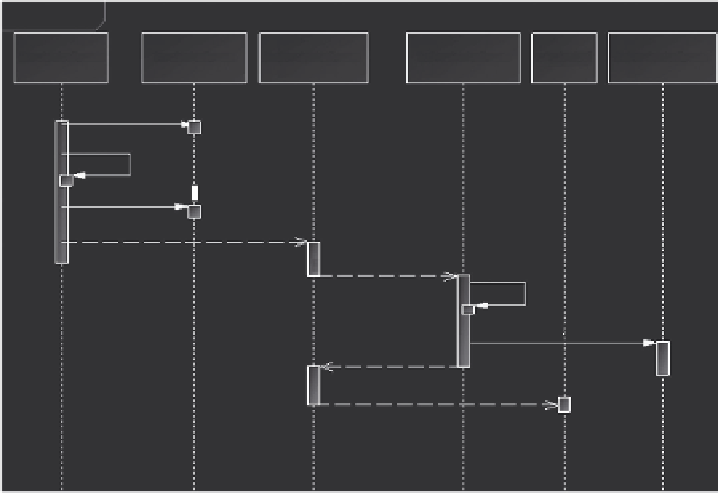Information Technology Reference
In-Depth Information
•
Medical data mining
is a cluster of algorithms, including data prepro-
cessing, data analysis, mining algorithms, and visualization pro-
cessing. This layer can handle the data transmitted from the front
end and generate the results back to the database. Other algorithms
can also be easily plugged in if needed. These data-mining clusters
are made up of servers executing data-mining algorithms. These
algorithms can process the raw physiological signal data transmit-
ted from the front end and generate the resulting data to write back
to the cloud storage, launching a message into MQ middleware
to indicate the subscriber to deal with. The tasks executed by the
mining servers include data preprocessing, analysis, mining model
tasks, and medical image drawing.
•
Cloud storage
provides data resources for the entire health cloud plat-
form, including user information, vital signs, health records, and
graphic data for processing. Physiological data collected from body
area networks and massive graphic data for distributed processing
of such data-intensive tasks are the primary contents. The cloud stor-
age organizes various types of storage devices together by network
and provides data storage and business access for outside applica-
tions, with the aid of cluster applications and grid or distributed file
system technologies. A service sequence diagram of the HCloud can
be represented as in Figure 8.4.
sd MQ Act
Analysis
Server
e Analysis
Result
Message Queue
Server
Image Generate
Server
Image Store
Database
Database
Get the raw data()
Analyze()
Store the analysis result()
Analysis done message()
Process the analysis
done()
Generate the
image
Save the result image()
Image done()
Save the done status
FIGURE 8.4
Service sequence map of HCloud.

Search WWH ::

Custom Search